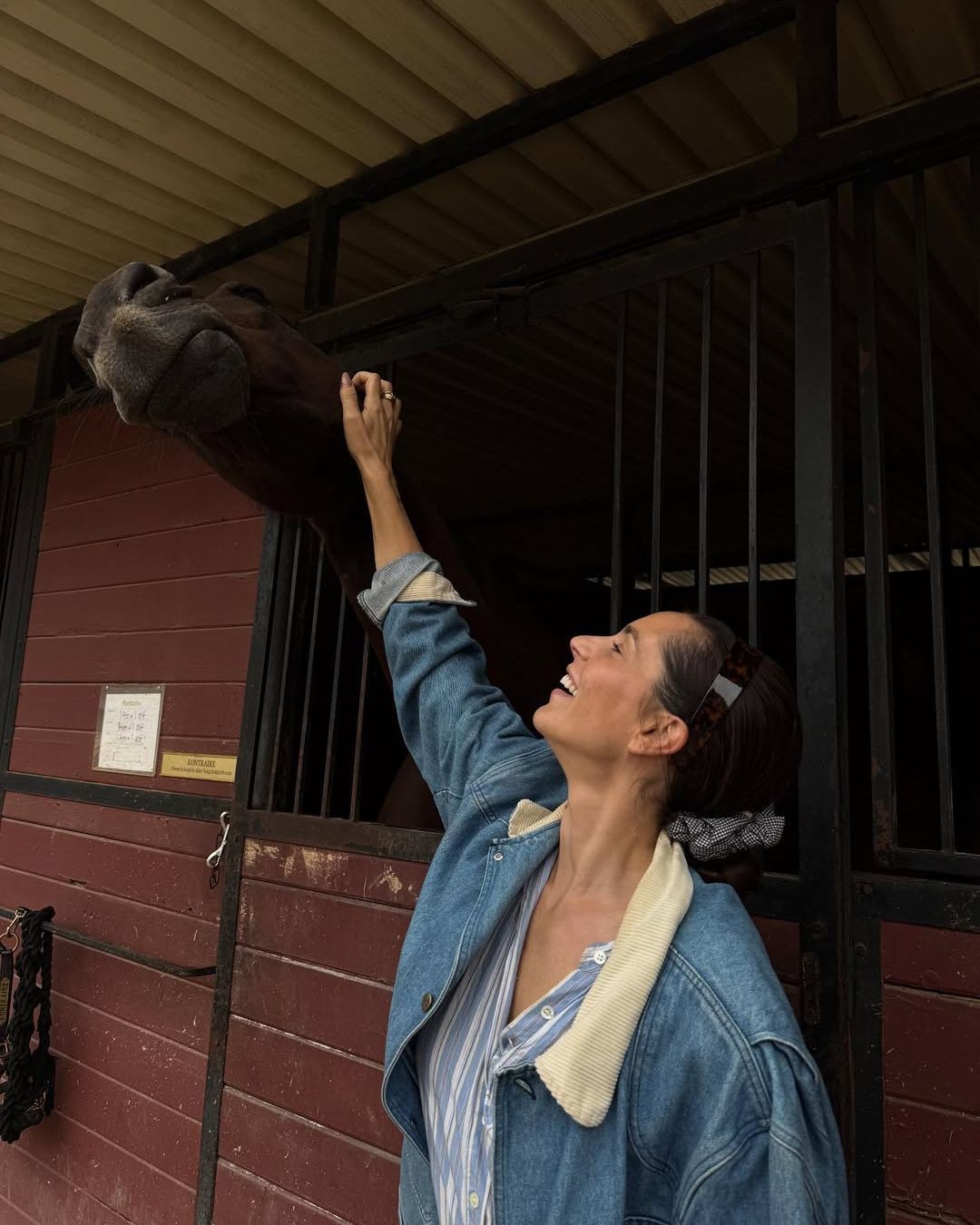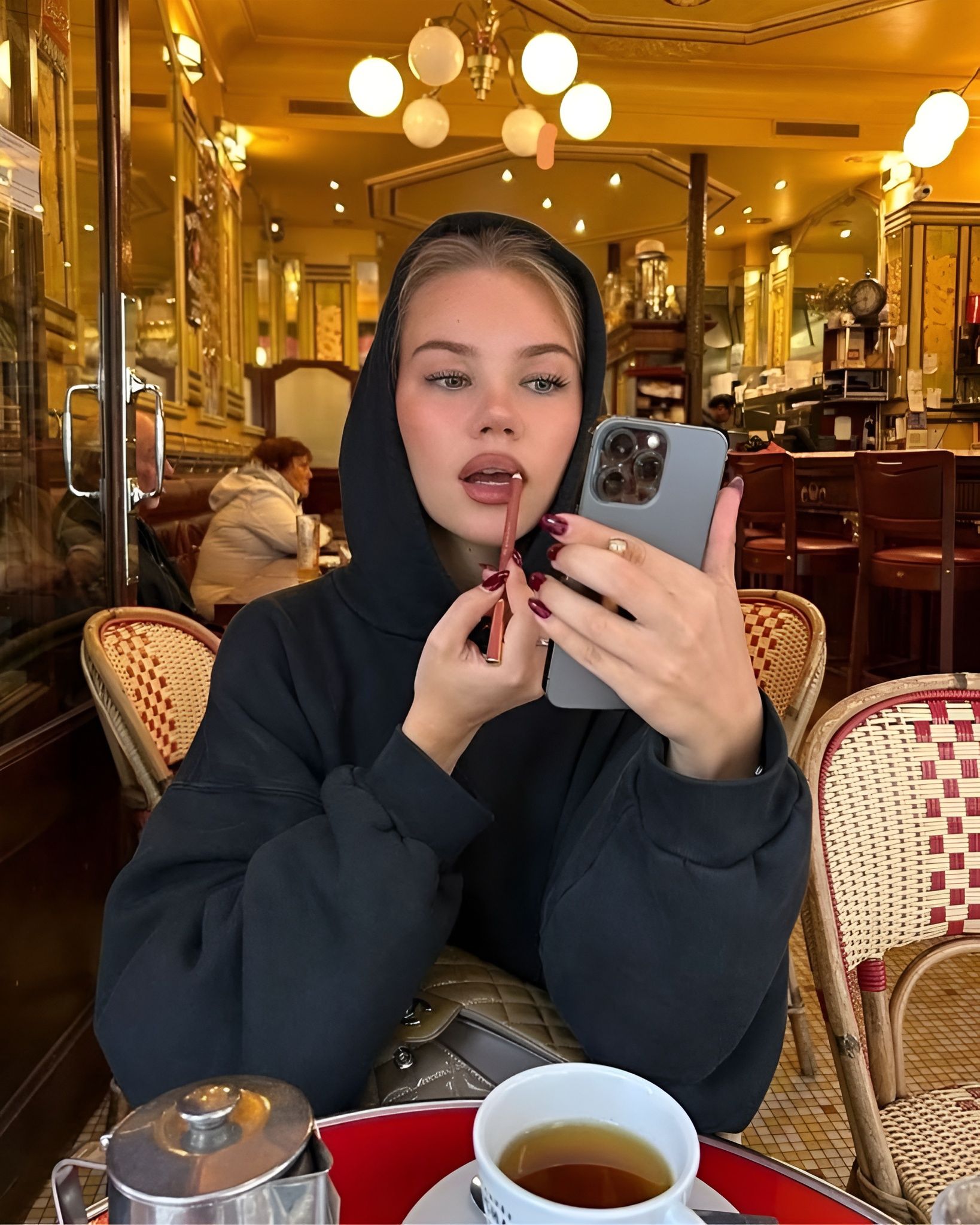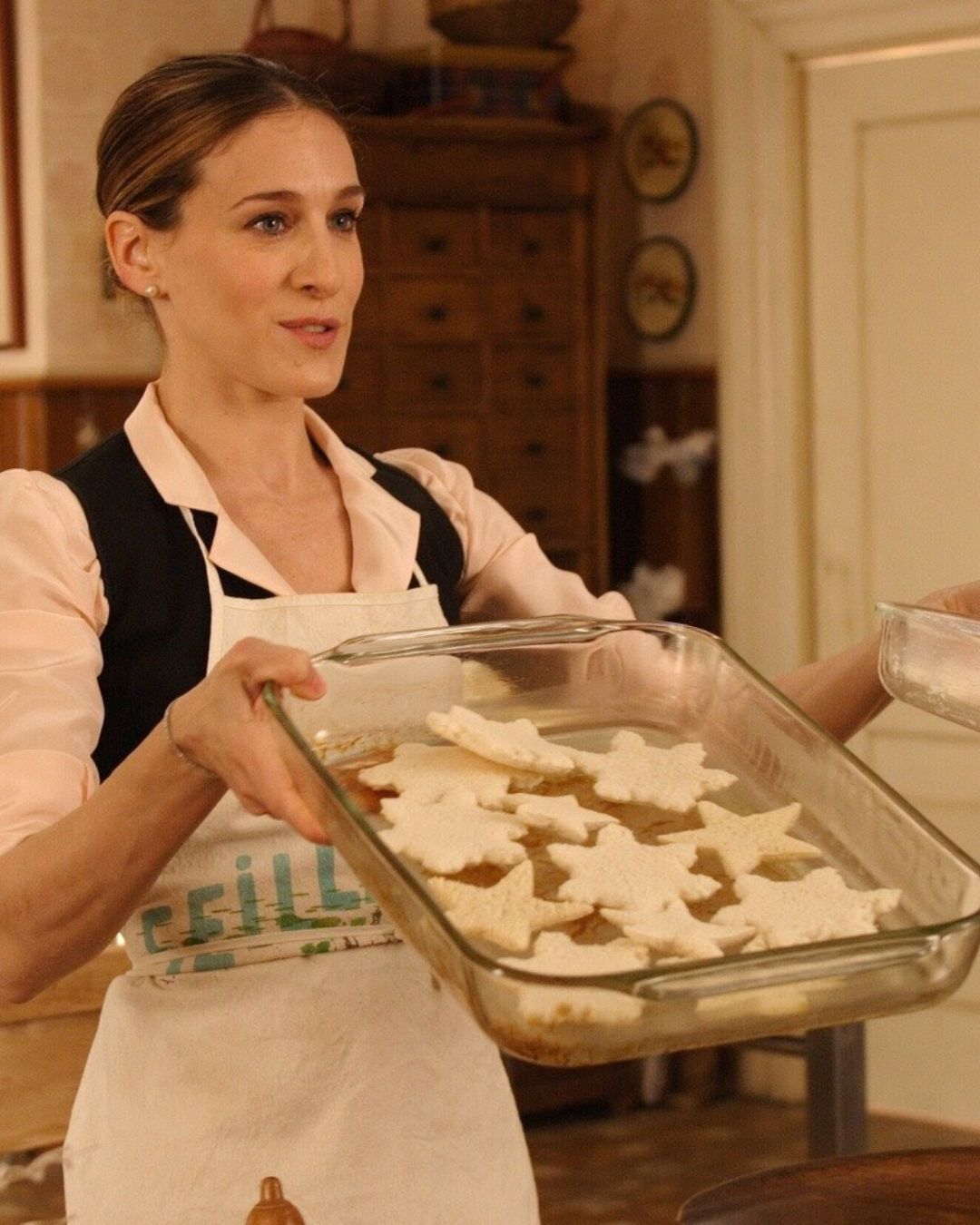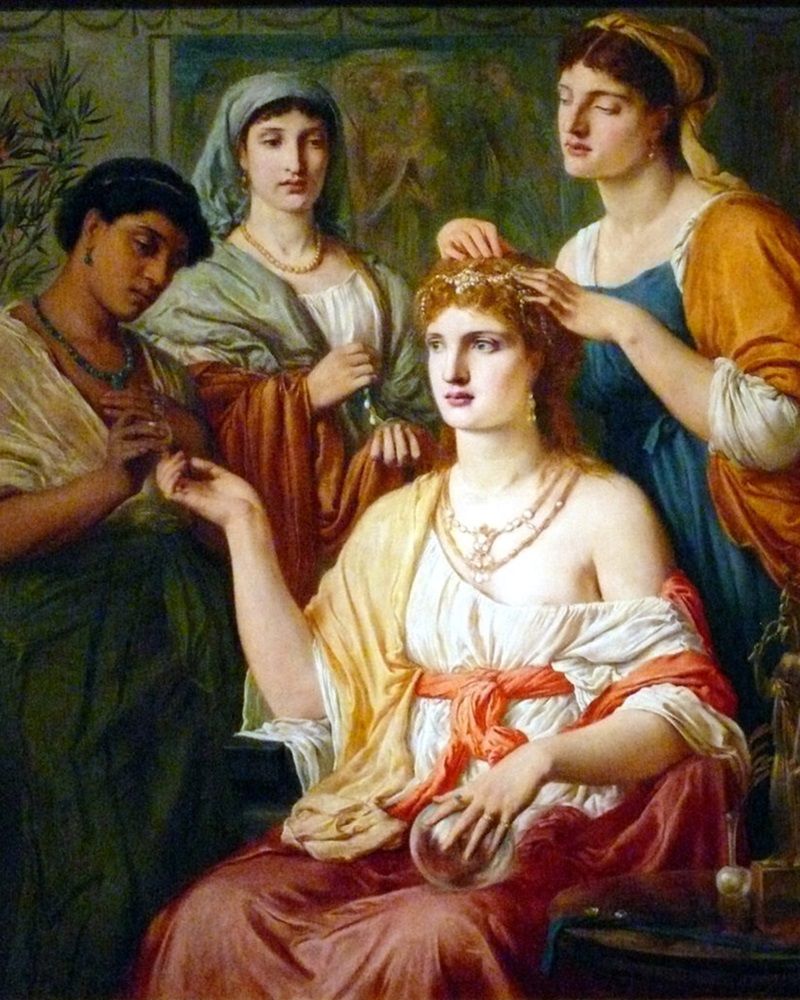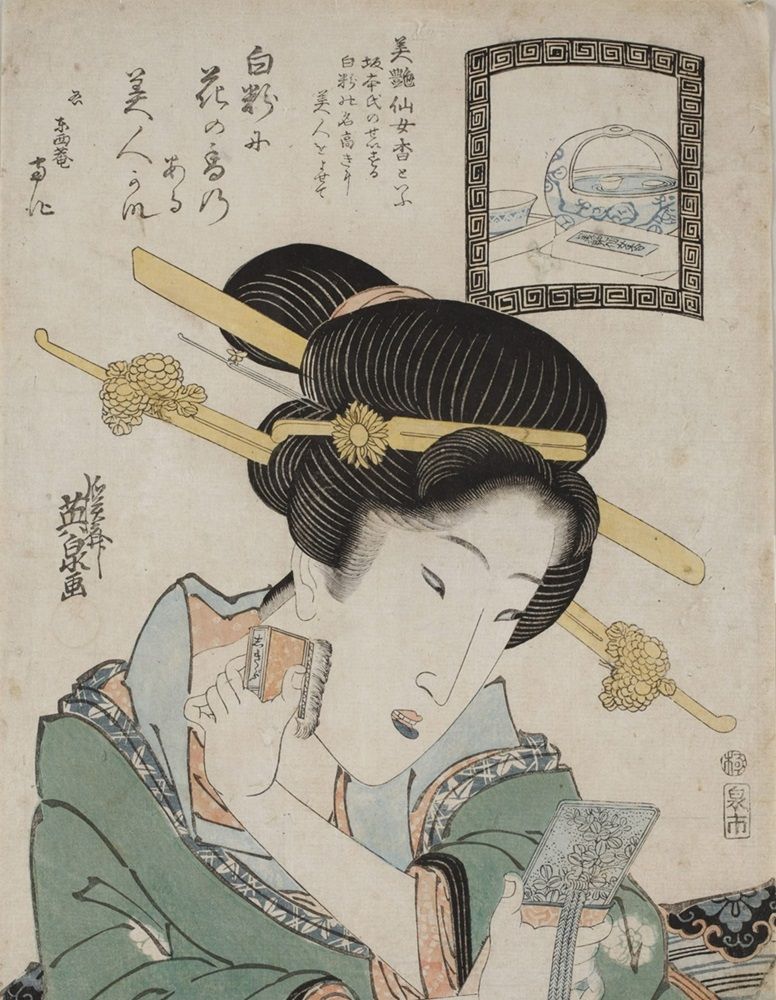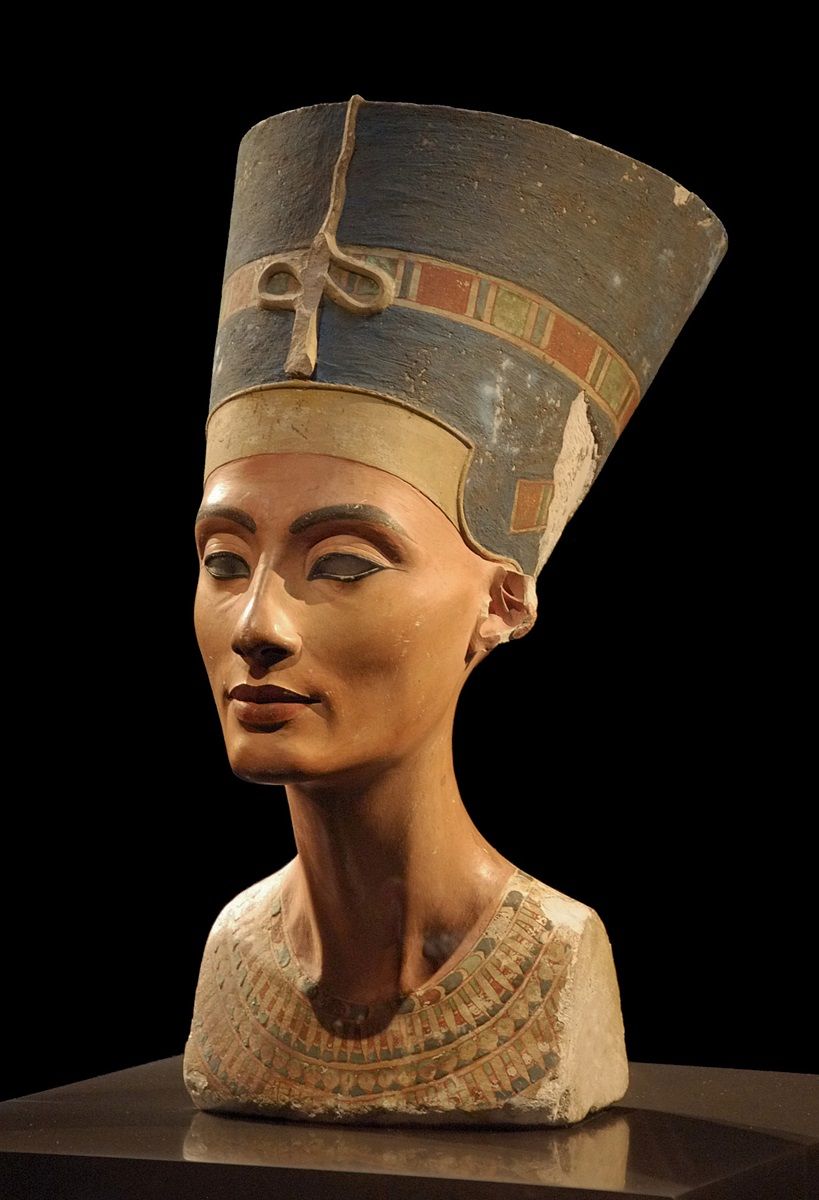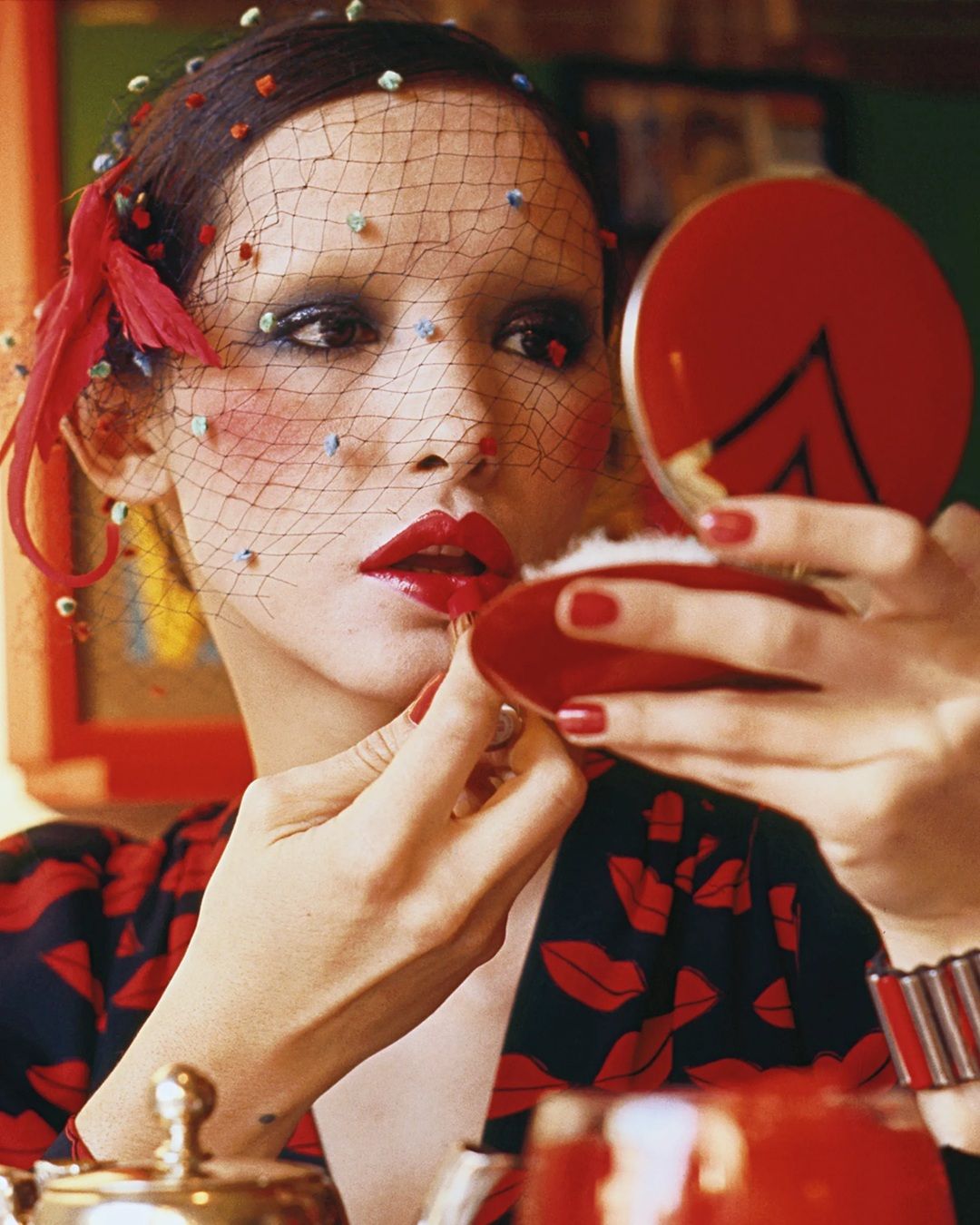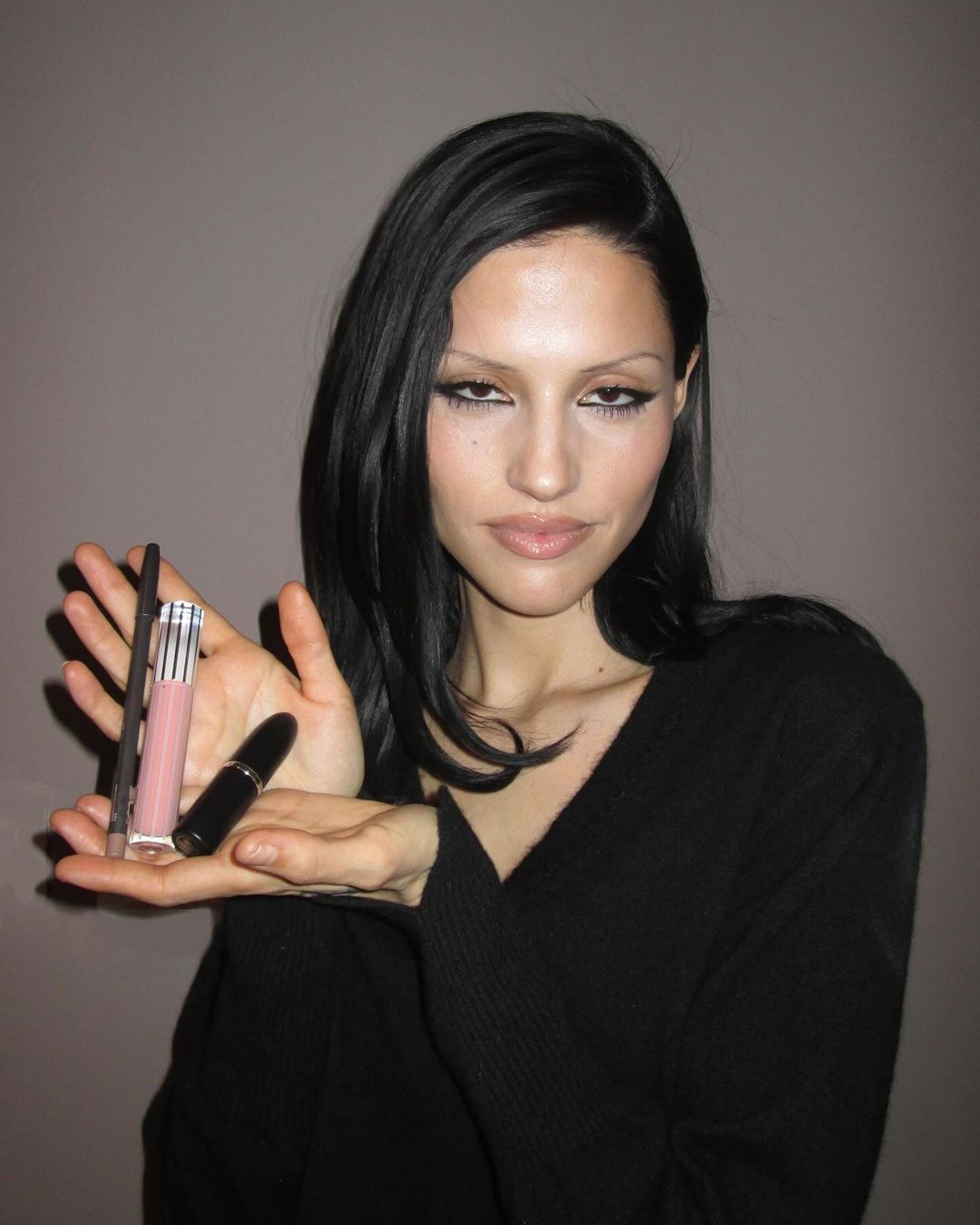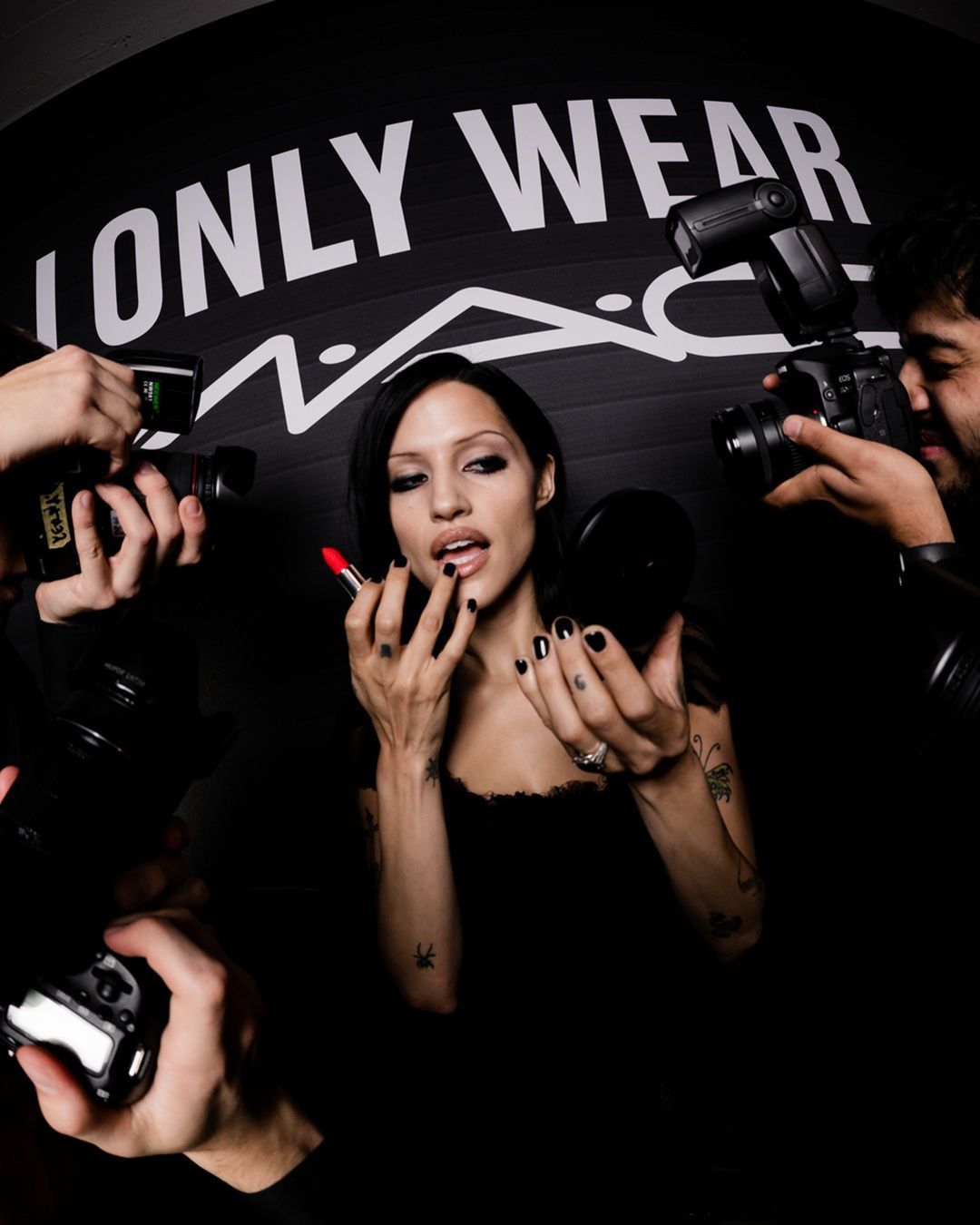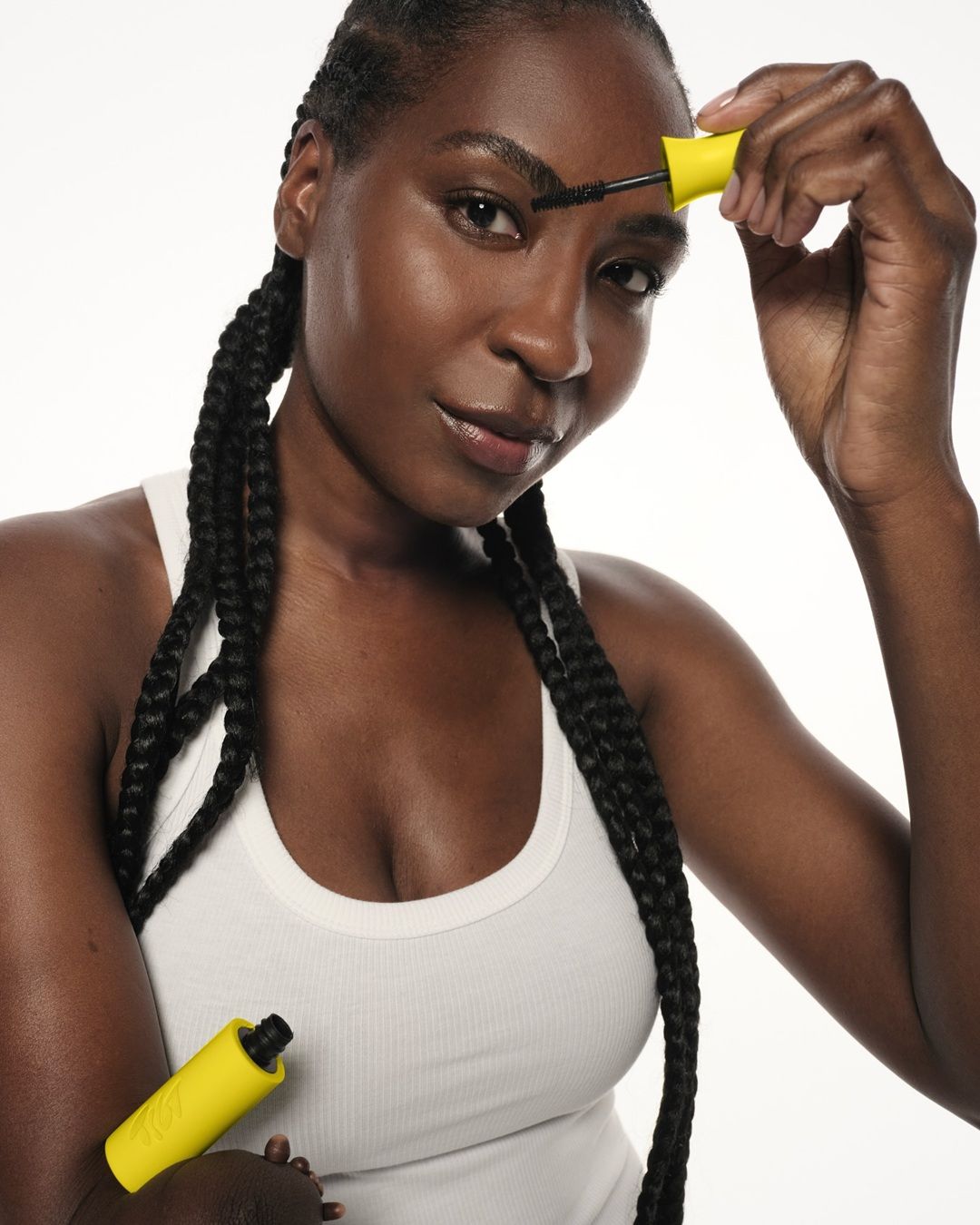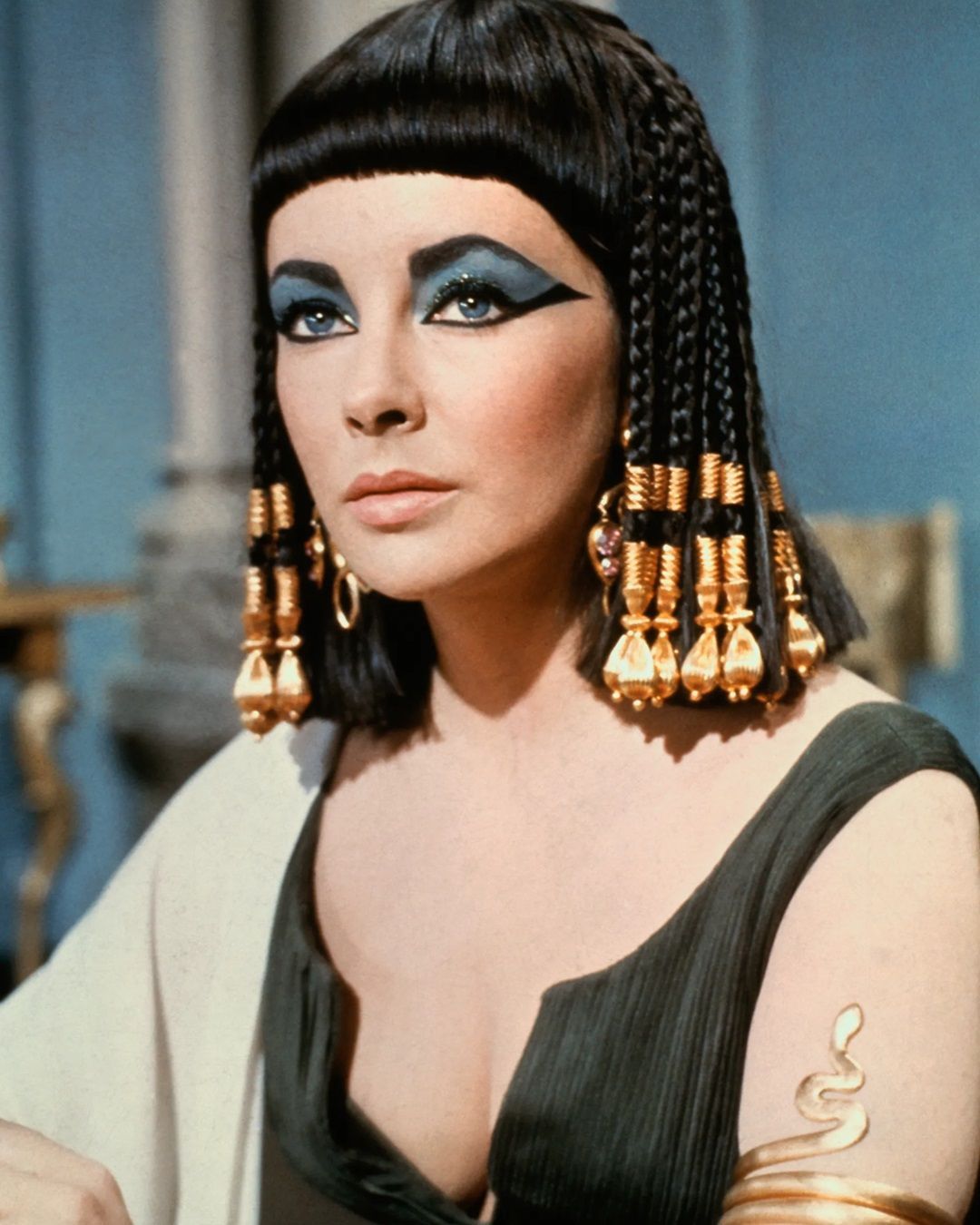
What are the first make-ups in history? Spoiler: the ancient Egyptians had something to do with the introduction of many cosmetics
Recently, in Ezani, not far from present-day Çavdarhisar in western Turkey, ancestors of blush and eye shadow were discovered in ten different shades between pink and red. Stored in bowls, they were already used by Roman women 2,000 years ago to colour their cheeks and eyelids. But this passion for make-up has been documented by many archaeological finds over the years.
@dirtdiaries_ Archaeology news: 2000 yr old makeup discovered #history #archaeology #ancient #makeup #rome #roman #fyp #romanempire #türkiye #historytok #greenscreen Siren - Filip Lackovic
Make-up has been around as long as there have been humans. Its history runs parallel, constantly evolving and changing according to the fashions and socio-cultural ideas of the time. It is said that even the Neanderthals had the habit of crushing minerals and shells to obtain glitter, which they applied to their bodies and which helped them to recognise themselves in the moonlight. It is known that cosmetics were very popular in Ancient Egypt. Ointments and balms were used to soften the skin, and pastes of white lead; hands, nails, feet and hair were coloured with a henna-based dye paste, and black or green kohl coloured the eyes, in honour of the falcon-headed god Horus. The ancient Greeks and Romans also loved bath soaps, deodorants and moisturisers, and maintained many of the same vanity rituals. Women, for example, wore white lead and chalk on their faces and used charcoal to darken their eyebrows and make their skin look even whiter. But what are the earliest make-ups in history? Was khol or lipstick first? Perfume or nail polish? Spoiler: The ancient Egyptians had something to do with the introduction of many of these products.
Anti-wrinkle cream and body cream - Egyptians
Living in such a hot and dry area, the ancient Egyptians were dedicated to skin care. They favoured super protective ointments that men and women applied to moisturise their skin, keep it supple and prevent wrinkles. They mixed all kinds of substances to make these products: from beeswax to olive oil to rose water. They had already discovered the nourishing anti-ageing, cleansing and exfoliating properties of many plants and substances, so the origin of rose water facial toner, shea butter lotion and clay face mask can be traced back to ancient Egypt.
Perfume and deodorant - Egyptian
Attention to daily hygiene and the ritual of embalming led the ancient Egyptians to develop the art of perfumery to such an extent that they became masters at it. They imported large quantities of essential oils, which they stored in large alabaster jars to make ointments and perfumes. Their favourite scents included myrrh, thyme, frankincense, lavender and sesame and olive oils. The first perfume in history, called Kyphi, was a mixture made by soaking 16 ingredients in pistachio oil, including mint, myrrh, cinnamon and juniper, an ointment sacred to the gods with relaxing and calming properties. Deodorants, on the other hand, were made from carob shells or oatmeal mixed with fragrant resins. The result was a sticky mixture that was applied under the armpits and to all other parts of the body that tended to sweat.
Khol - Egyptian
One of the oldest tricks is undoubtedly the khol. As early as 3100 BC, ancient civilisations in North Africa, India and the Middle East mixed clay, lead, ash and roasted almonds to make it. Both Egyptian men and women painted a kind of ancient smokey eye by applying a dark green envelope of malachite galena (lead sulphide) to the lower eyelid and kohl, a paste of carbon black, fatty substances and metals such as lead, antimony, manganese or copper, to the eyelashes and upper eyelid. Doing eye makeup was not only a matter of pure vanity for the Egyptians, but was also supposed to protect against the evil eye and other spiritual dangers, and to serve as sunglasses by deflecting the sun. This forerunner of modern eyeliner also prevented infections, as the lead in the kohl killed bacteria and prevented infections.
Nail varnish - Babylonians
Babylonian warriors are said to have spent hours in 3200 BC curling and painting their hair and grooming and colouring their nails before going into battle. The alleged nail polish? Always the Egyptians' beloved kohl. Speaking of Egyptians, Cleopatra is said to have been in the habit of dipping her fingers in henna, covering only the part of the nail that was in her favourite colour, blood red. Dyeing the nails with henna was a beauty ritual that women practised as early as 5000 BC. However, it is certain that around 3000 BC, the Chinese resorted to gum arabic, gelatine, beeswax and eggs to colour their nails to mark their social status. The kings of the Zhou dynasty preferred gold and silver, while later kings wore black or red.
Lipstick - Sumerians
Lipstick has long been a part of women's lives, so much so that the first known red lipsticks were made in Mesopotamia over 5,000 years ago. in 3500 BC, the Sumerian queen Shub-Ad of ancient Ur used white lead and stones to add colour and shine to her lips. In Egypt, lipstick made from red ochre and resin or gum was worn by kings and nobles as a symbol of social status, while Cleopatra got her shade from ground crimson scarabs and other women used clay mixed with water. In the Roman Empire, where lipstick was called purpurissum, colouring the lips was a gender-neutral gesture, a mark of status that distinguished high-ranking officials and emperors. The mixture used consisted of various ingredients such as ochre, iron ore, fucus and wine residue. Women of the Greek upper class, on the other hand, mixed red algae, fish scales, cinnabar, mulberries and a plant called polderos. The first solid lipstick, similar to today's lipstick, was invented by the physician Al-Qasim Al-Zahraw during the Islamic Golden Age (8-13 AD) using flower stalks pressed into shapes.
Powder - Ancient Greeks and Romans.
In the sixteenth and seventeenth centuries, tanning was considered a sign of poverty, as peasants and other less affluent classes took to the sun to work. Thus, the ancient Greeks and Romans already had the custom of making the skin as pale as possible by using face creams made of chalk and vinegar or finely ground iris root to make the first powders ever. The first powder box in China appeared during the Warring States period (453-221 BC). At that time, women had begun to use lead and rice powder to make up their faces.
Blush - Egyptians
In the time of the pyramids, blush was used by both men and women to give the cheeks a touch of red, and usually consisted of fat mixed with red ochre pigment. The Greeks used crushed mulberries, while the Romans preferred red vermilion, a powder extracted from cinnabar. In China, blush was already common during the Shang Dynasty (1675 BC - c. 1046 BC), but it reached the peak of popularity during the Tang Dynasty (618-907 AD), when the imperial concubine Yang Guifei regularly wore a heavy blush made from dried safflower at court.



















